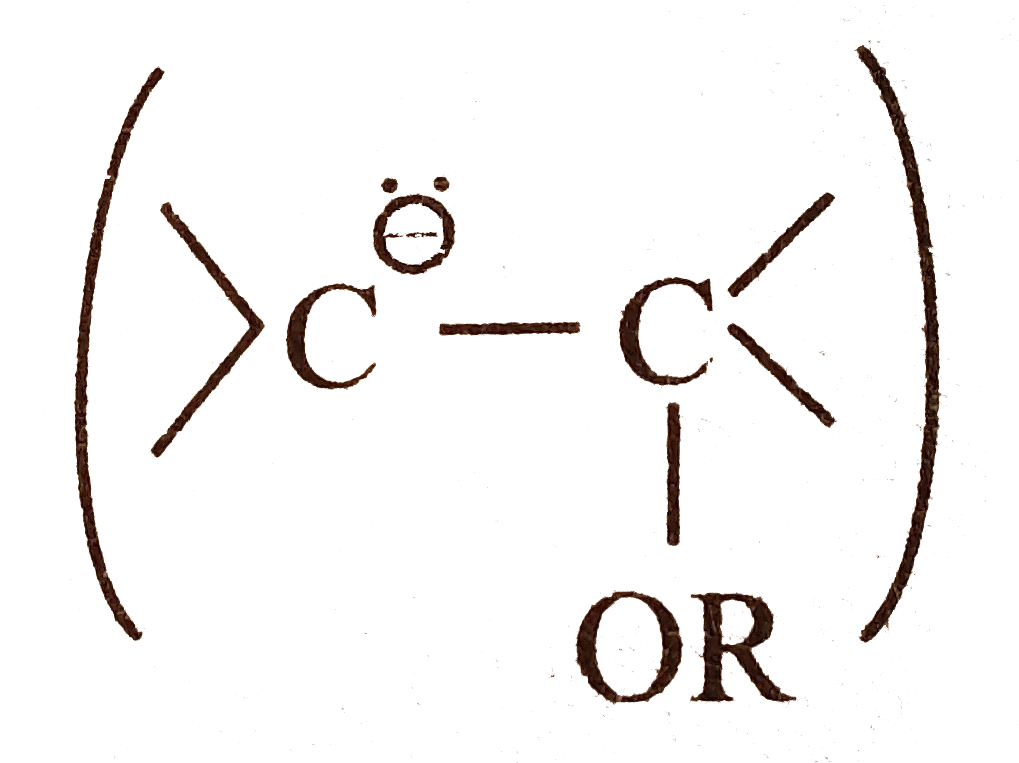Alkynes have a triple bond between carbon-carbon in their molecules. Terminal alkynes are acidic. They undergo addition reactions like alkenes. But in alkynes the addition occurs in two steps:

Complete the reaction :
CH3−C≡CHHOCl−−→
CH3−C≡CHHOCl−−→CH3−C∣OH=C∣ClHHOCl−−→CH3−OH∣C∣OH−Cl∣C∣ClH−H2O−−−→CH3−C∣∣O−CHCl21-Dichloropropanone
Topper's Solved these Questions
- HYDROCARBONSBOOK - MODERN PUBLICATIONCHAPTER - HYDROCARBONSEXERCISE - Revision Exercises (True or False Questions)
10 Videos
- HYDROCARBONSBOOK - MODERN PUBLICATIONCHAPTER - HYDROCARBONSEXERCISE - Revision Exercises (Fill in the blanks Questions)
10 Videos
- HYDROCARBONSBOOK - MODERN PUBLICATIONCHAPTER - HYDROCARBONSEXERCISE - NCERT FILE (NCERT EXEMPLAR PROBLEMS) (Long Answer Questions)
3 Videos
- HALOALKANES AND HALOARENESBOOK - MODERN PUBLICATIONCHAPTER - HALOALKANES AND HALOARENESEXERCISE - UNIT PRACTICE TEST
12 Videos
- HYDROGENBOOK - MODERN PUBLICATIONCHAPTER - HYDROGENEXERCISE - UNIT PRACTICE TEST (for Board Examination)
9 Videos
Similar Questions
Knowledge Check
The bond angles of alkenes and alkynes with two carbon atoms are
A120∘ and 120∘ respectivelyB120∘ and 180∘ respectivelyC109∘ and 180∘ respectivelyD109∘ and 120∘ respectivelyWhich of the statements are WRONG about the nucleophilic addition reaction of alkenes and alkynes?
AAddition of nucleophile (RӨO) to alkene gives an alkyl carbanion whose negative charge is on the sp3-hydridised C atom.BAddition of nucleophile (RӨO) ot an alkyne gives a vinyl carbanion
whose negative charge is on the sp3-hydridised C atom.BAddition of nucleophile (RӨO) ot an alkyne gives a vinyl carbanion whose negative charge is on the sp2-hybridised C atom. Due to more s character, it is readily formed and more stable than alkyl carbanion formed with alkenes. So alkynes are more reactive than alkenes towards NA reaction.CStrong electron-withdrawing inductive effect (−I) further stabilises both vinyl and alkyl carbanion.DStrong electron-donating inductive effect (+I) further stabilises both vinyl and alkyl carbanion.
whose negative charge is on the sp2-hybridised C atom. Due to more s character, it is readily formed and more stable than alkyl carbanion formed with alkenes. So alkynes are more reactive than alkenes towards NA reaction.CStrong electron-withdrawing inductive effect (−I) further stabilises both vinyl and alkyl carbanion.DStrong electron-donating inductive effect (+I) further stabilises both vinyl and alkyl carbanion.
Reactions OF Alkene || Alkyne (addition OF HX, H3O+)
View SolutionWhich of the statements are WRONG about the nucleophilic addition reaction of alkenes and alkynes?
View SolutionWhy do alkenes and alkynes undergo addition reactions ? Describe some important addition reactions of alkenes and alkynes.
View SolutionAlkenes and alkynes are unsaturated hydrocarbons and undergo electrophilic addition reactions. In alkenes, the addition occurs in one step while in alkynes the addition occurs in two steps. Alkenes show geometrical isomerism but alkynes do not. Alkynes are more acidic than alkenes which are more acidic than alkanes. Both alkenes and alkynes can be prepared by the electrolysis of sodium or potassium salts of carboxylic acids.
Write the major product of the reaction :
(CH3)3C−CH=CH2HBr−−→
View SolutionAlkenes and alkynes are unsaturated hydrocarbons and undergo electrophilic addition reactions. In alkenes, the addition occurs in one step while in alkynes the addition occurs in two steps. Alkenes show geometrical isomerism but alkynes do not. Alkynes are more acidic than alkenes which are more acidic than alkanes. Both alkenes and alkynes can be prepared by the electrolysis of sodium or potassium salts of carboxylic acids.
Write the major product of the following reaction :
CH3C=CH+H2OHg24−−−−−→dil.H2SO4
View SolutionAlkenes and alkynes are unsaturated hydrocarbons and undergo electrophilic addition reactions. In alkenes, the addition occurs in one step while in alkynes the addition occurs in two steps. Alkenes show geometrical isomerism but alkynes do not. Alkynes are more acidic than alkenes which are more acidic than alkanes. Both alkenes and alkynes can be prepared by the electrolysis of sodium or potassium salts of carboxylic acids.
Which of the following reacts with [Cu(NH3)2]OH ?
(i) But-1-yne (ii) But-2-yne (iii) But-1-ene
View Solution
